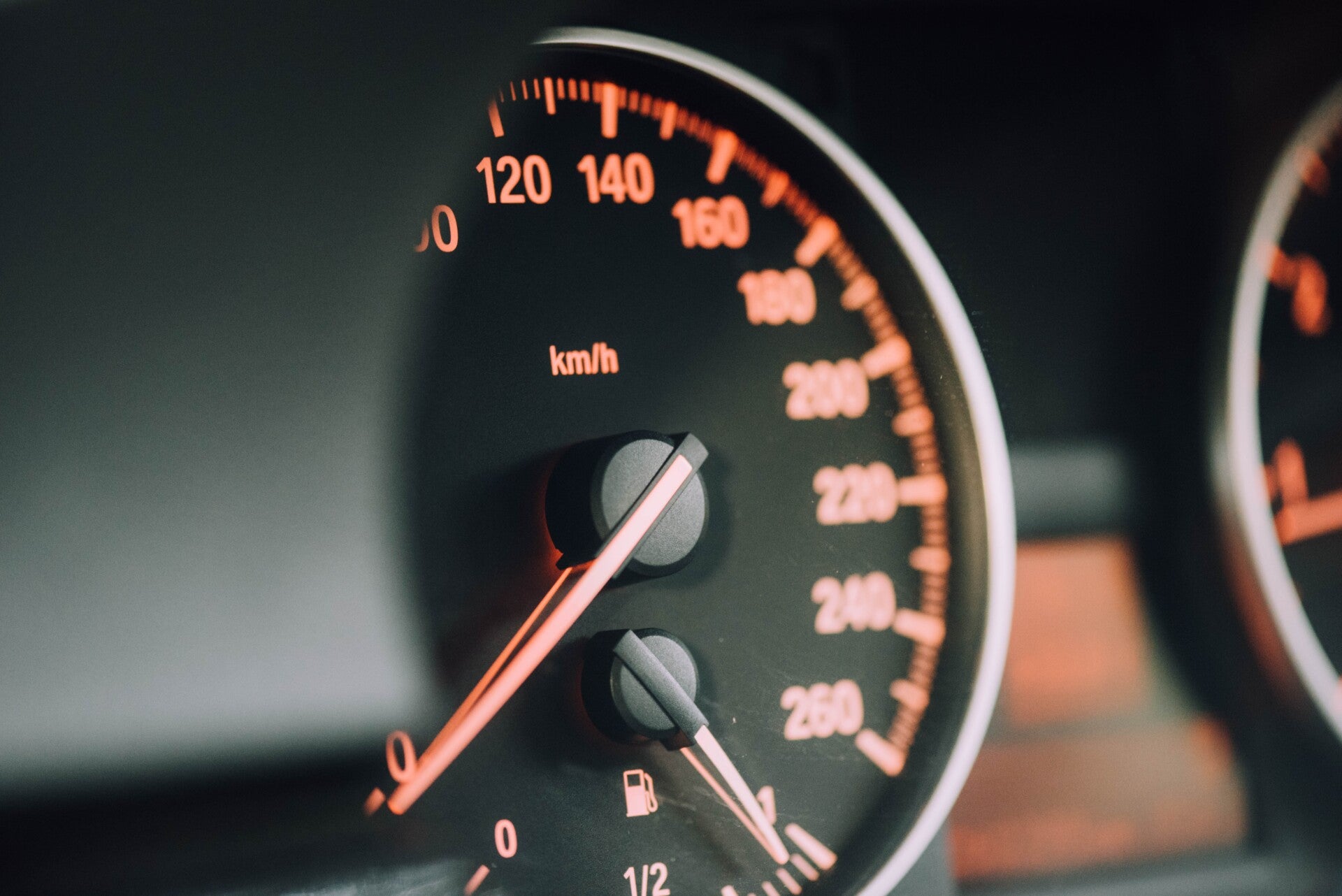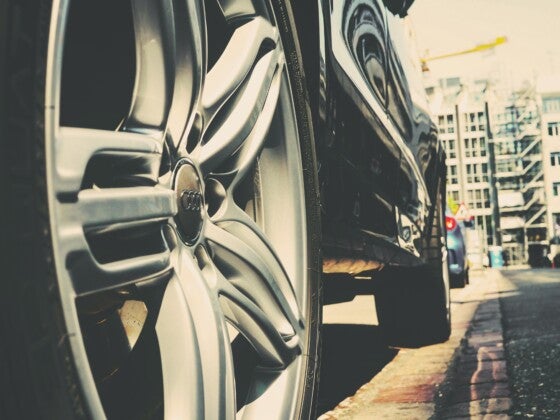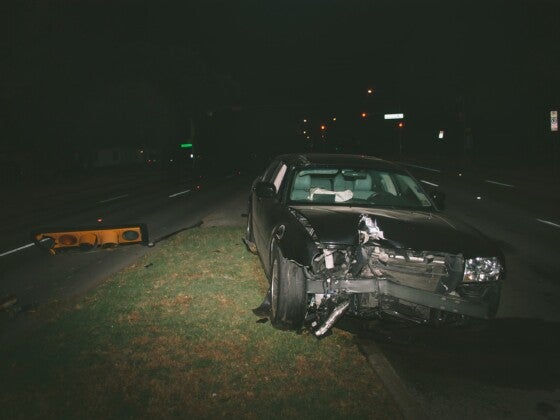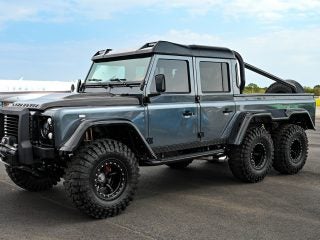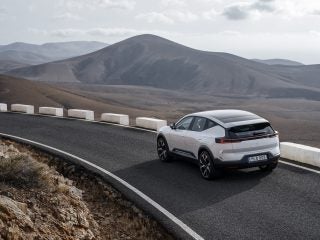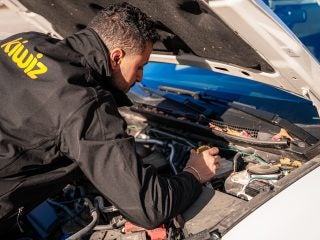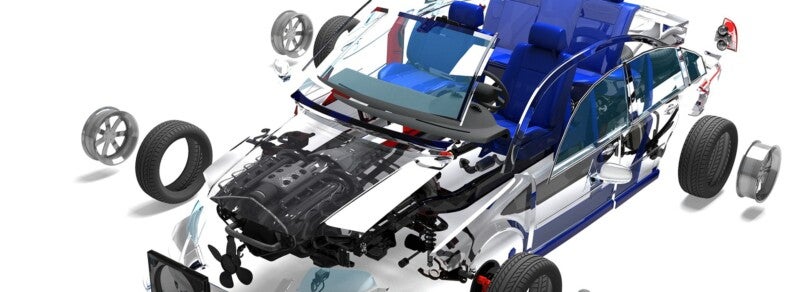 A lot of designers and product developers get so busy getting their idea into a real physical object that they forget. A prototype is only step one. But what follows next? Many think that mass production comes right after that. But it isn’t so, strictly speaking. A very important step before mass manufacturing is called low volume production for the purpose of trial production.
A lot of designers and product developers get so busy getting their idea into a real physical object that they forget. A prototype is only step one. But what follows next? Many think that mass production comes right after that. But it isn’t so, strictly speaking. A very important step before mass manufacturing is called low volume production for the purpose of trial production.
The Bridge To Large Volume Production
Trial runs and pre-production prototype manufacturing are actually very important and you shouldn’t forget about them. Before you jump into mass production, you need to test your product on multiple people. They will tell you more about the efficiency, convenience, and aesthetics of your product. Massive client tests are especially popular in the automotive and medical industries where human safety and human comfort are the most important things.
Another reason to have a short run production is to test your manufacturing technology. Before you fully invest into your own large production, before you buy all the expensive equipment, you could make a machine shop order to have a small batch automotive prototype, parts or other products made with your technology. That way you will be able to estimate the efficiency of your production before investing.
Low Volume CNC Production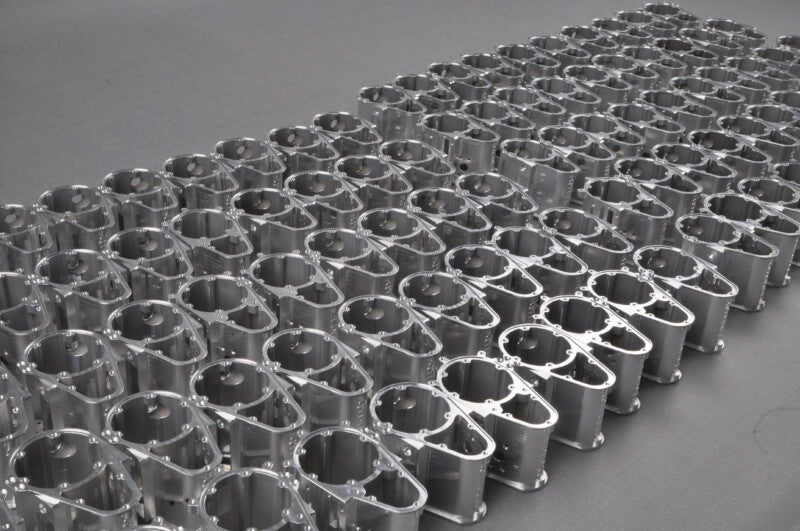
Low volume production using CNC machining is especially widespread. Why is that? Apart from the obvious fact that a lot of metal and plastic parts require machining to meet the required tolerances. This technique is the easiest to scale up. Once you have an NC program, you can use it any number of times. You only need to purchase materials and tools. Prototype NC programs are quite capable of efficiently providing you with a batch of up to 100 parts. If you need more, prototype programs may not be up to the task.
Optimizing CNC Machining Process For Successful Low Volume Production
If you need a lot of pre-production components in your trial production stage, you will have to optimize the NC program so that it takes up less time for each part. That way you can receive the whole batch and move on to market production faster.
What you can do for CNC machining optimization
•Shorten idle runs and make them faster.
•Increase cutting parameters by implementing efficient cooling & using harder tools.
•Purchase or set up the tooling for the manufactured part.
•Use efficient, flexible 3-axis, 4-axis- 5-axis CNC machining etc.
•Employing professional CNC machinist
Rapid Injection Molding for Short Run Production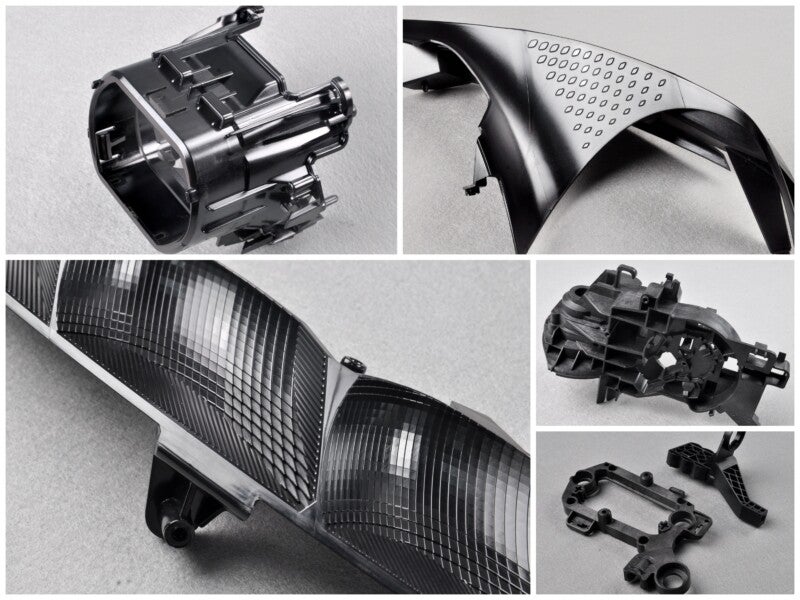
Plastic pre-production prototypes have to be of the same quality as the final part. That is very important because such parts get taken to auto exhibitions and get shown to potential investors.
However, you don’t want to be manufacturing a conventional heat-treated hardened steel injection mold. It is too expensive, you won’t use its full potential (hundreds of thousands of parts), it takes too long to produce and it will be very hard to add changes.
For low volume plastic production, another type of mold is required. A type that is easily manufactured, can be easily modified and isn’t supposed to work for a large number of parts.
Aluminum Bridge Tooling for Plastic Parts
Bridge tooling for plastic parts is the best way for rapid injection molding. Bridge or rapid injection molds differ from conventional molds. Firstly, they are made of softer materials, which makes them more flexible and easier to manufacture. Second, their base and the cavity are made separately and simultaneously. That makes the mold manufacturing process 2-3 times shorter. In addition, you can use the same base for multiple cavities.
With bridge injection molds you can produce industry grade plastic parts in a matter of weeks rather than months. But this is viable for low volume production as the softer molds are not designed to last long.
Low Volume Production in The Automotive Industry
Car production is one of the many industries to benefit from modern low production techniques. Where can you use small batch manufacturing in the automotive industry?
•Auto shows. Car sales are greatly dependent on presentation. All the cool cinematics, demonstrations, and model features determine the level of the manufacturers’ income. Another important presentation is the auto show. They are usually annual and all the best manufacturers compete for a place. So, it is extremely important to make your pre-production prototypes in time.
•Crash tests. Safety is one of the most important car features. In order to test the safety of the car, crash tests are carried out. To get a good certification, your new product will have to undergo a lot of different crash situations: full frontal crash, side crash, back crash, roof strength and so on, there may be up to 10 tests in total. Each test, as its name suggests, simulates a car collision. So, each test needs a new car. 10 cars is a full scale low batch for the industry.
•Mass customization. Some car manufacturers have advanced to a mass customization option. They make a large variety of car accessories available but each one is very limited. They can calculate the demand for each option and so make a huge customization list while maintaining the overall production volume at the same level.
•Spare parts. Some manufacturers deal in spare parts for older cars ( the models too old to be supported by the official manufacturer). The spare parts market is huge but the demand for each part is low, so the more variety you have or the faster you can go from a base part to a small batch of spares, the more successful your company will be.
•Limited editions. Each major car enterprise has a branch that designs awesome or deluxe models of their cars. They have a futuristic look, they use all the newest technologies and get all the best characteristics. However, those cars are usually only a limited series so they don’t require all the conventional tooling, just bridge tooling is enough; they don’t need super efficient machining technologies, they just need complex parts to be made with 5-axis milling and they need to be finished really well to have a great aesthetic look.




